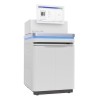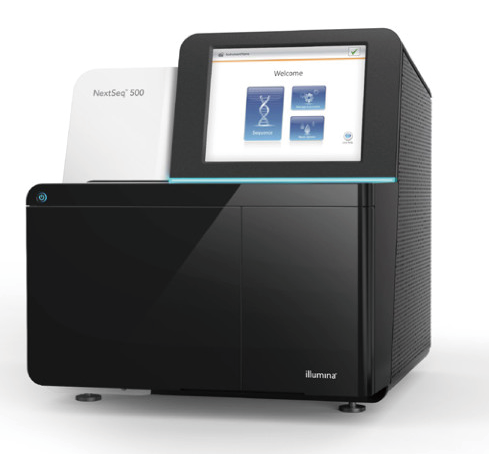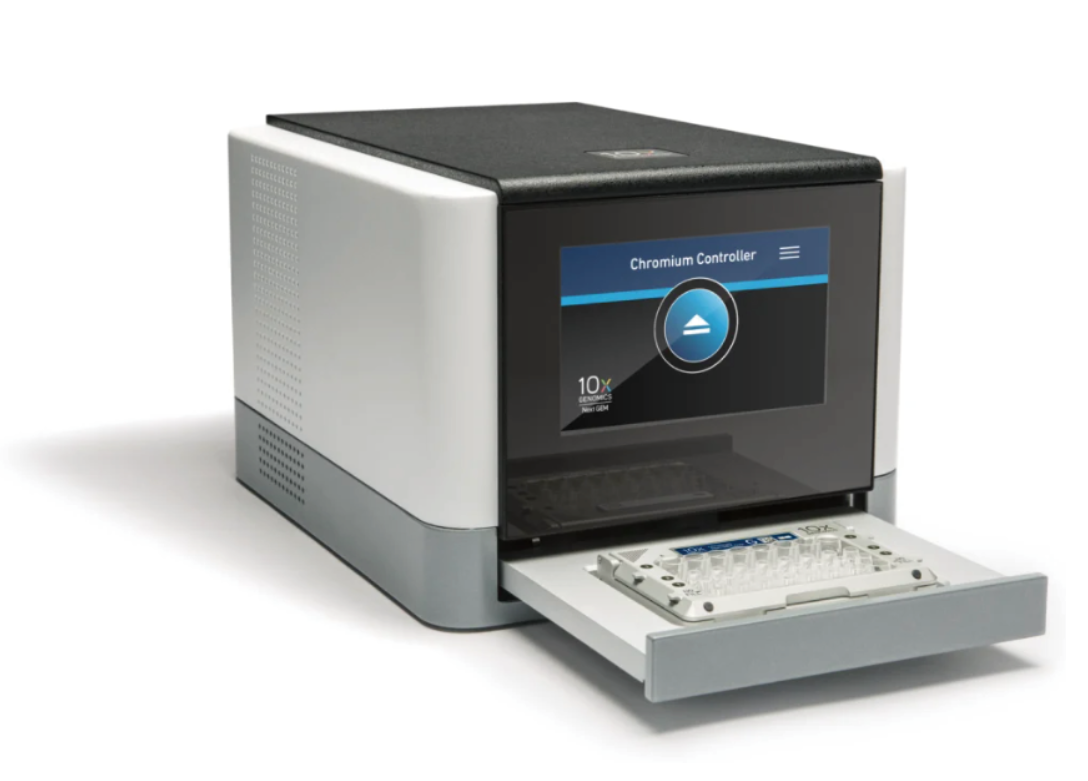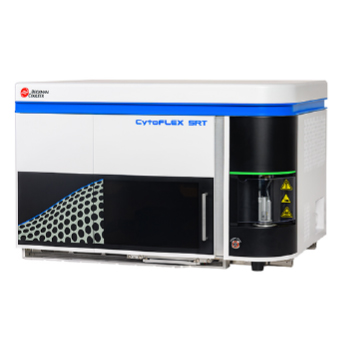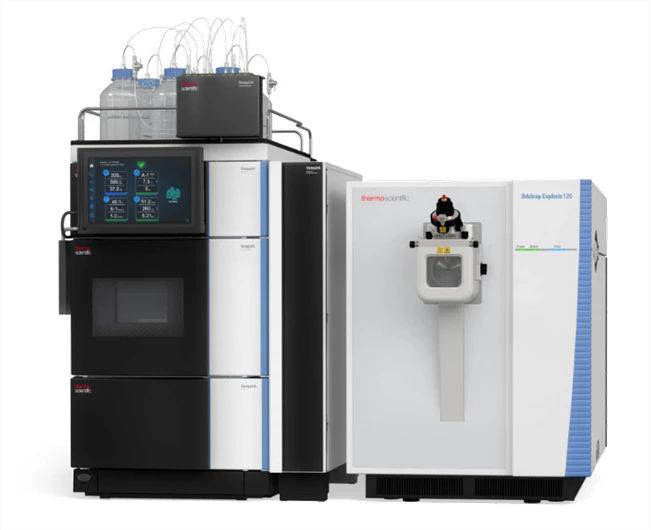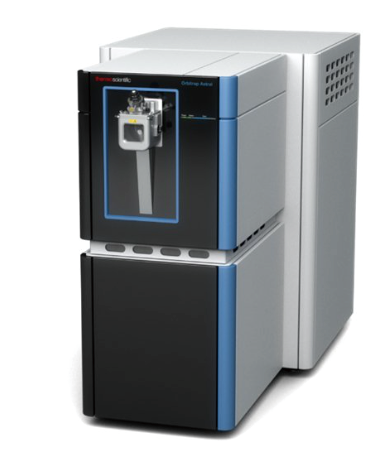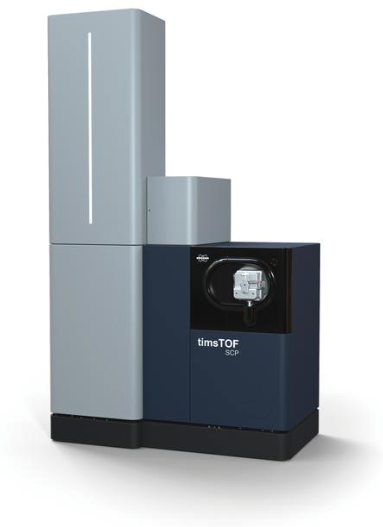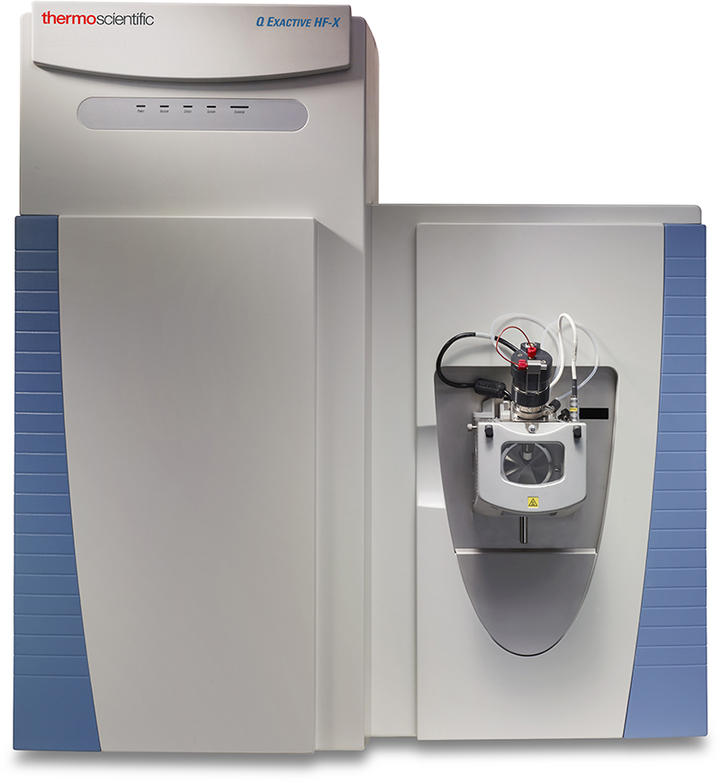Abstract:
Dredging has been widely implemented in shallow lakes to reduce internal nitrogen (N) loading. The
suspended particulate matter (SPM) coming from polluted rivers usually contains high levels of N and
ultimately deposits on the dredged sediment surfaces near the river mouth. To study the influence of the
riverine SPM on N exchange across the sediment-water interface (SWI) after dredging, a 360-day
experiment was carried out comparing un-dredged and dredged sediments from Lake Chaohu, China.
Dredged treatments showed a significant increase (p < 0.01) in total N concentrations in the sediments,
while the deposition of SPM had little influence on labile NH4
t-N concentrations. In addition, NH4
t-N
concentrations in pore-water and NH4
t-N fluxes were significantly lower in dredged than in un-dredged
sediments, despite the deposition of SPM. The oxygen production rates and the oxygen penetration
depth in the dredged sediments were both higher than those in the un-dredged sediments. The increase
of Nitrospira in dredged sediments was consistent with their decreased NH4
t-N concentrations and fluxes
across the SWI. Therefore, the oxidizing condition, increased oxygen production/consumption rates and
Nitrospira relative abundance across the SWI were believed to be correlated with the low N exchange
rates in dredged sediments. Dredging for reducing internal N loading in a river mouth area is therefore
feasible, although the influence of the riverine SPM should be taken into account when aiming to achieve
a long-term internal N loading reduction



